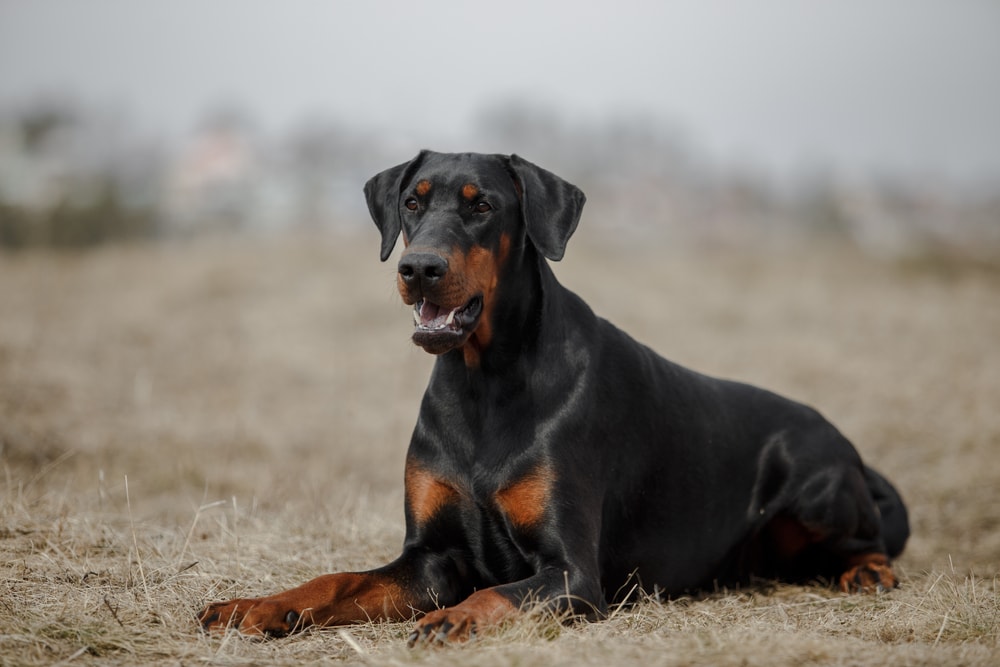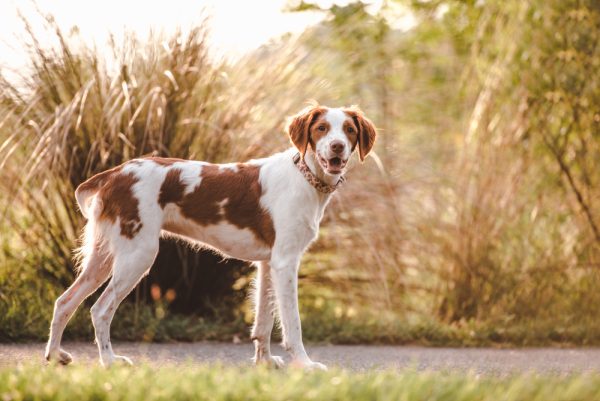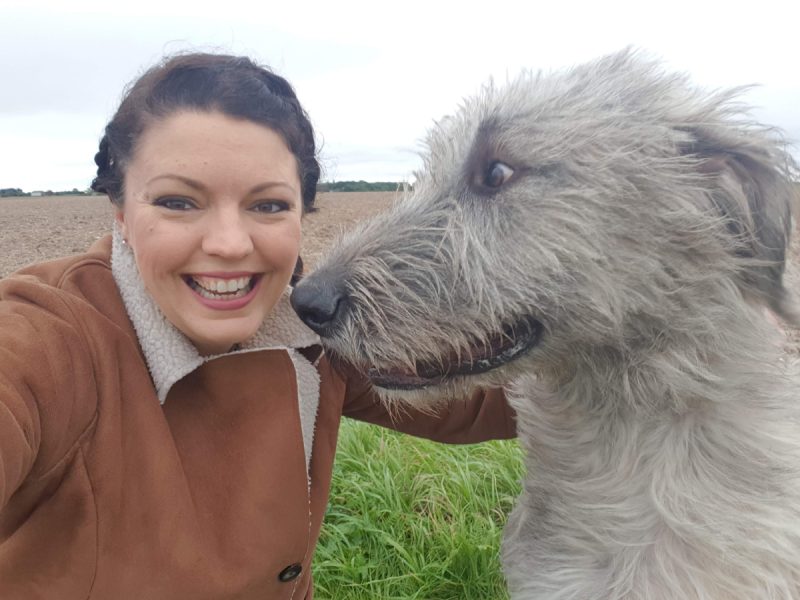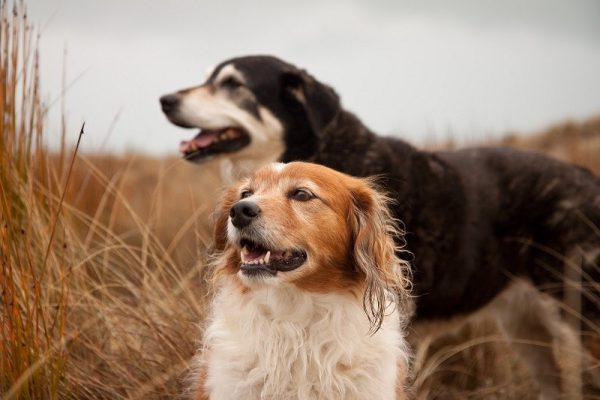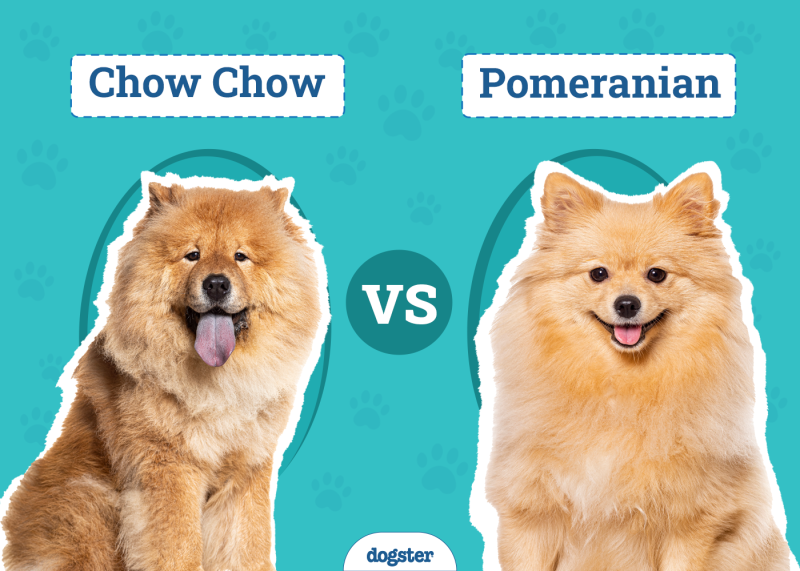In this article
The Doberman is a medium-to-large breed dog that has won the hearts of dog owners worldwide. They are so beloved, there are two varieties of Doberman: one in America and one in Europe. These two types are the same loveable breed, but there are different sizes and breed standards depending on where they are from. So, how big do these dogs get? In short, adult Dobermans typically weigh 60 to 100 pounds. Read on to find out more!

Facts About Dobermans
The Doberman, or Dobie, has two distinct types within the breed: the European Doberman and the American Doberman Pinscher. They have different breed standards, with the American type being more slender, sleeker, and smaller than the more muscular European Dobie.
Since the Doberman is classed as a medium-to-large breed, they don’t have all the same health problems as giant breed dogs like Great Danes. However, they still have their share of issues, including dilated cardiomyopathy and von Willebrand’s disease.
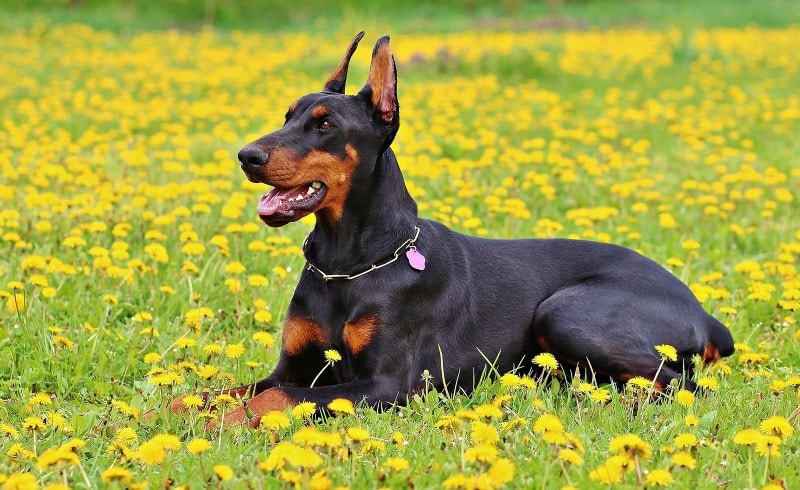
Doberman Size & Growth Chart
This chart highlights the size and growth of the Dobermans throughout their life, along with their typical weight.
| Age | Weight Range | Height Range |
| 1 Month | 10–18 lbs. | 5–7 inches |
| 3 Months | 22–32 lbs. | 10–12 inches |
| 5 Months | 36–54 lbs. | 12–20 inches |
| 6 Months | 41–64 lbs. | 22–24 inches |
| 8 Months | 50–79 lbs. | 24–26 inches |
| 12 Months | 59–94 lbs. | 24–28 inches |
| 14 months | 60–98 lbs. | 26–28 inches |
| 17 months | 60–100 lbs. | 26–28 inches |
| 18+ months | 60–100 lbs. | 26–28 inches |
It’s worth noting here that these numbers are all estimates, and your Dobie may follow a different growth curve. These are good guidelines for a healthy Doberman’s weight and height, but each dog is different and may be bigger or smaller. Consult your vet if you have any questions about how your pet is growing.
When Does a Doberman Stop Growing?
A Dobie’s most prolific growth period is between birth and their first year. This is when the most significant height changes are seen, with a Doberman usually reaching maximum adult height at around 1 year of age.
The subsequent growth phase leads to their ideal weight, which can continue to increase into their second year. If you have any questions about how your Dobie is growing, contact your vet.
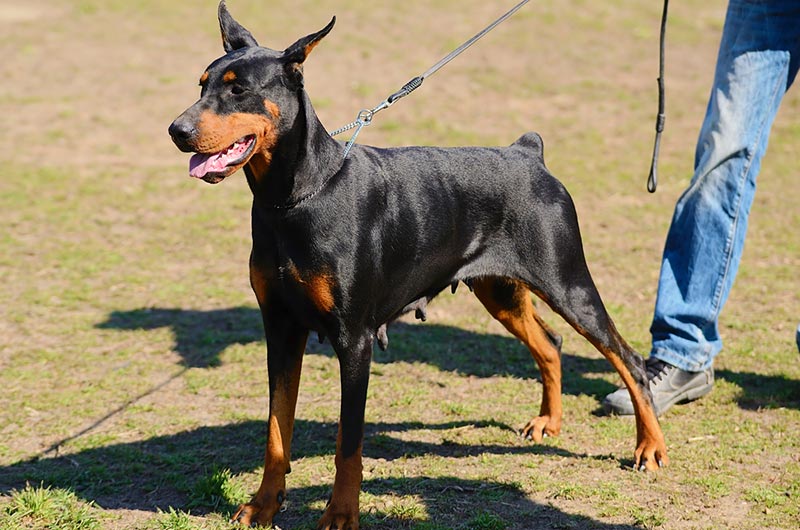
Factors Affecting the Size of a Doberman
Several factors can affect the weight and height of a Doberman, ranging from genetics to what they were fed as puppies and even certain health conditions.
American vs European
The European Doberman is slightly bigger than the American variant (as identified in the breed standard) and weighs an average of 10 pounds more. They also tend to be thicker around the chest and muzzle, partly due to the European variant being bred and used more as a working protection dog.
Dwarfism and Gigantism
While these two conditions are very rare, they can affect several breeds, including Dobermans. Dwarfism is a bone growth disorder that leads to smaller stature, bulging eyes, and deformities.
Gigantism (or acromegaly) is a growth disorder caused by the pituitary gland producing too much growth hormone. Characteristics of gigantism in dogs include an overgrowth of soft tissue, connective tissues, and bone, leading to excessive weight and size.
Nutritious Diet
A Doberman that is fed an appropriate, balanced diet with the correct amount of vitamins, minerals, fats, and proteins from puppyhood can reach its growth potential and gain substantial muscle mass, bone density, and adequate (but not excessive) fat. Conversely, dogs on a poor diet can suffer from malnutrition, potentially leading to poor growth. If they’re fed inappropriate amounts of food, Dobies can become obese.
We recommend getting advice and guidance from a veterinarian if you have any questions or concerns regarding your pet’s diet and weight.
If you need to speak with a vet but can't get to one, head over to PangoVet. It's an online service where you can talk to a vet online and get the personalized advice you need for your pet — all at an affordable price!

Genetics
A Doberman puppy can be bigger or smaller than average depending on the size of their parents. A puppy will inherit part of their size from their parents, but this is just a guide. Some puppies will end up smaller or larger than either of their parents due to other factors at play.
Sex
Male Dobermans tend to be larger and more built than females. They’re also often a couple of inches taller and 10–15 pounds heavier.

Ideal Diet for Maintaining a Healthy Weight
The ideal diet for Dobermans should be first measured out and portioned according to their ideal weight. Correct portion sizes are usually listed on the back of dog food bags or available online.
Finding food that balances palatability and nutrition is vital for maintaining a healthy weight.
- The right amounts of essential vitamins and minerals like taurine and calcium
- Enough protein and fat to fuel their growth
- Adequate calorie and fat content to give them energy and keep their muscles in excellent condition
Pairing a good diet with adequate exercise is also key to reaching and maintaining a healthy weight.
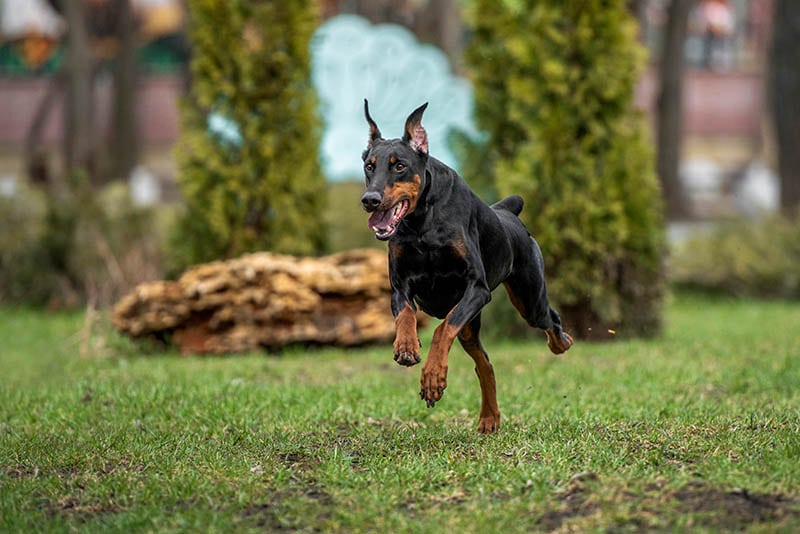
How to Measure Your Doberman
To measure your Doberman to find out if they’re the correct weight and height, you need to weigh them and take certain measurements from specific points on their bodies:
- From the bottom of the foot to the highest point of the shoulder blades
- Around the neck at the point halfway between the shoulder blades and ears
- Around the chest at the deepest part of the ribs, just behind the front legs
- Around the smallest part of the Dobie’s waist
- From the base of the neck to the base of the tail
Use a soft tape measure to get your dog’s measurements. Then make sure you use an accurate scale to weigh them. Next, you can compare your figures to those on the weight chart to see how your Doberman measures up.

Conclusion
Dobermans are classed as medium-to-large dogs. There will be differences in weight and height between male and female Dobies, and the European version of the breed tends to be bigger and more muscular than their American counterparts.
The weight and height chart displays the average weight and height range for a Doberman puppy as they grow into adulthood, but if you have any concerns about your Dobie’s condition, don’t hesitate to take them to the vet’s office.
Featured Image Credit: elis aksenova, Shutterstock
